commentary Commentary
Commentary: Is South Korea doing enough to tackle its new COVID-19 wave?
The scary thing about the outbreak in South Korea now is that unlike the previous two waves, this time there is no discernible epicentre, says Steven Borowiec.
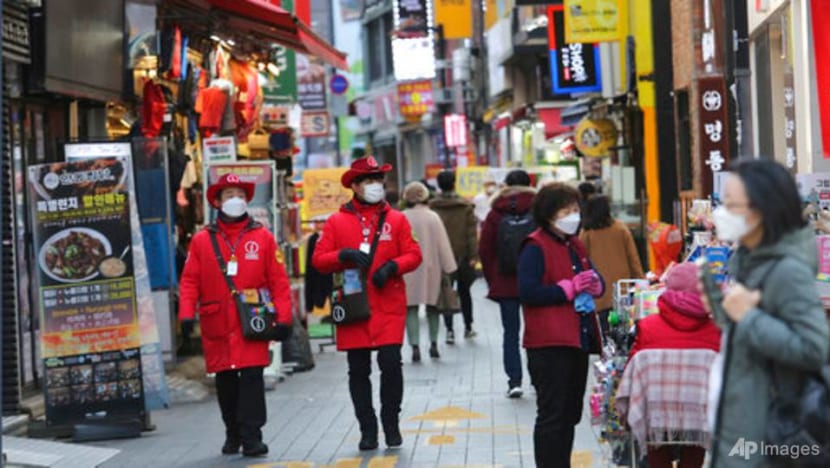
Tourist information helpers wearing face masks walk along a popular shopping street in Seoul, South Korea, Wednesday, Dec. 2, 2020. (AP Photo/Ahn Young-joon)
SEOUL: The current wave of coronavirus infections in South Korea is unlike anything the country has faced in its nearly year-long battle against COVID-19.
The first wave, in February, was concentrated in Daegu, a city in the south, mostly involving members of a fringe religious sect. After Daegu was cordoned off and the people exposed to the virus tracked down and tested, the spread came under control.
When the virus spiked again in August, the outbreak was tied to members of a church who participated in a political rally in downtown Seoul.
READ: Commentary: Japan has taken care of two COVID-19 waves so how bad can this third one be?
Again, public health authorities swarmed the affected areas, carried out tests and stopped the spread.
After both of those waves, the government relaxed social distancing guidelines and declared that regular life would resume.
In early autumn, South Korea was a global beacon of normalcy, as its popular baseball league played out the season with fans in attendance, while on the commercial streets of Seoul, business was slower than normal but nevertheless carried on.
ANOTHER OUTBREAK
That all could be at risk now, as throughout November, the country has reported hundreds of new cases per day, numbers that are far lower than in coronavirus hotspots like the US and Brazil, but much higher than earlier this year, when South Korean cases were down to a few dozen per day.
The scary thing about the outbreak now is that unlike those previous two waves, this time there is no discernible epicentre. On the weekend, the majority of cases were reported in Seoul, along with outbreaks in the southern city of Busan, as well as Gangwon Province, a mountainous area in the country’s northwest.
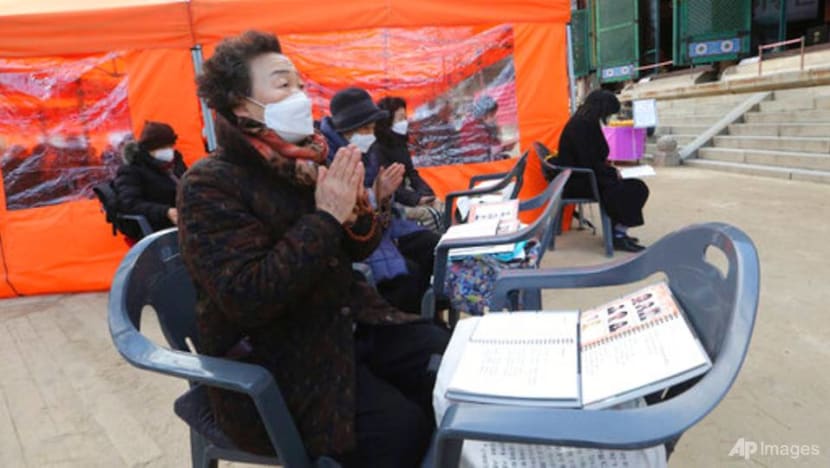
Every day when public health authorities announce the number of new infections and their sources, they mention a wide range of places: Nursing homes, saunas, workplaces. Even a table-tennis club in Seoul became a hotspot.
Even with hand sanitisers in every public place and temperature checks at every entrance, COVID-19 carriers could be in any public place. That around 30 per cent of infected people never show symptoms but can transmit the virus makes COVID-19 difficult to contain.
THIS TIME IT ISN’T CONTAINED
South Korean Health Minister Park Neunghoo distilled the unpredictability of the situation when he said, “We're in a situation where it is not strange at all if anyone contracts the virus during our daily lives.”
READ: Commentary: Lessons from around the world on fighting new COVID-19 waves
Park’s remarks also illustrate how, during the previous waves of infection, most South Koreans felt like as long as they weren’t connected to the institutions at the centre of the outbreak, they would probably be safe.
That feeling of relative containment is gone. Park and other officials are grappling with the reality that everyone is vulnerable, while seeking effective measures to stem the spread of COVID-19.
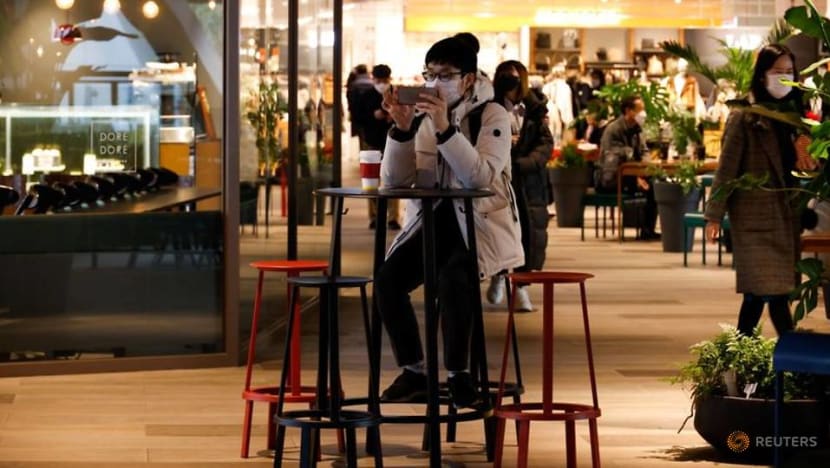
Officials have told the public to cancel year-end parties, an important cultural institution in South Korea, where colleagues, friends and former classmates gather to eat, drink and wish each other well.
Some such gatherings have taken place every year for decades, and might be the only time of the year that those friends see each other.
BALANCING HEALTH AND ECONOMIC RISKS
The government here is also caught between the duelling needs to contain the virus and vitalise the economy.
Many restaurants and bars rely on the busy end-of-year season for an outsized portion of their annual revenue, and the cancellation of parties will lead to layoffs and closures, after the service industry has already been decimated by the pandemic.
READ: Commentary: Guaranteed next-day deliveries in South Korea are coming at a heavy price
On Sunday (Nov 29), the government declined to raise the official level of social distancing in Seoul, despite the high numbers of cases, out of apparent consideration of the economy.
While successfully mitigating the spread of COVID-19, South Korea has managed to avoid the strict lockdowns implemented in some countries; throughout the pandemic there has never been all-out closures of restaurants, bars or coffee shops.
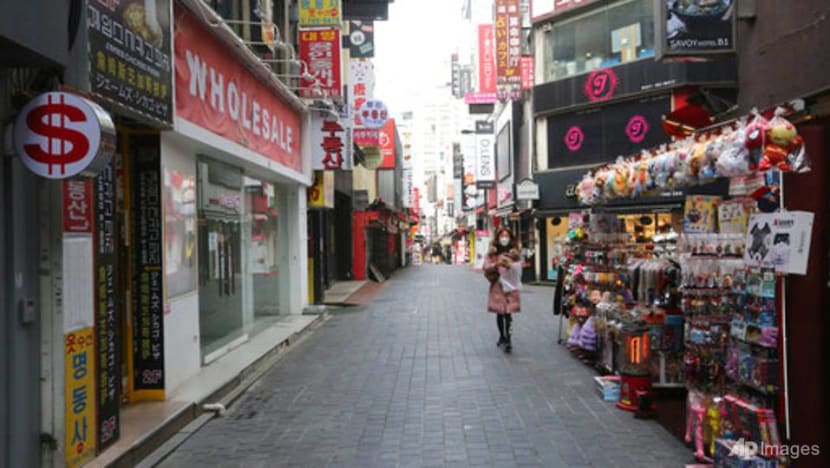
With people gathering more indoors due to the onset of cold winter weather, the risk of spontaneous cluster infections will continue.
Seoul also announced that anyone not wearing a mask in public would be subject to a fine of about US$100, which came across as well-intentioned, but perhaps inconsequential, as pretty much everyone already wears a mask anyway.
There is no clearly identifiable cause of the current spate of outbreaks.
GOVERNMENT HELD TO HIGH STANDARDS
Nevertheless, all the measures are indications that the government is trying.
A couple of weeks ago I had a conversation with a Korean journalist who commented, “There are about 500 cases a day, and everyone is freaking out. In other countries there are thousands of cases every day.”
His off-hand comment gets at something important: The South Korean public demands action from its government.
This country has a vibrant culture of protest, and leaders who fail at their posts can expect organised movements to get them out of office and be replaced with someone who will do a better job.
Case in point, current President Moon Jae-in was elected after his predecessor was implicated in a corruption scandal and impeached.
I have written before about my belief that South Korea’s memories of war in the 1950s and economic collapse in the late 1990s make this country extra assertive when it comes to addressing crises.
With those painful memories, no one wants to go back to the bad times.
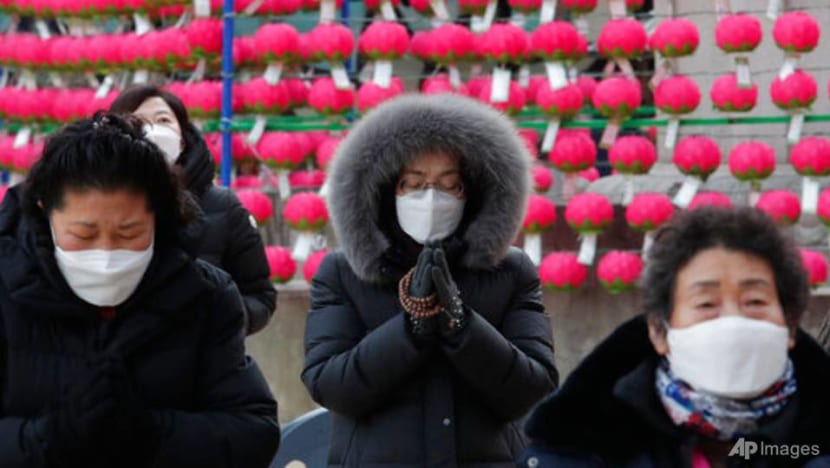
This culture of civic engagement is why I expect the South Korean government to weather the coronavirus pandemic. After months of this pandemic that everyone is tired of, the government still holds daily briefings, transparently sharing the details of new infections and measures taken to limit them.
The messaging from health authorities has been consistent: Avoid large gatherings, wash your hands and wear a mask.
GOVERNMENT DOING ITS BEST
The South Korean government has, in its response to the pandemic, garnered criticism for not more firmly shutting off cross-border traffic with China and for at times oversharing the personal details of people who became sick.
READ: Commentary: BTS management's stock listing is a sign K-Pop is no passing fad
Moon incurred some justified consternation in February when he urged the public to restart “normal activities,” right before the virus spread got out of control.
In light of all that, South Korea is not giving up, while continuing to sharpen its pandemic response.
The government appears to be betting that the ongoing rise in the number of cases will be short-lived, and that a certain number of daily infections is a tough but acceptable price to pay in order to avoid a total lockdown that would inflict widespread economic suffering.
The safest prediction is probably that, until a reliable COVID-19 vaccine is distributed, this pattern of outbreak, followed by a lockdown, followed by an attempt to restart normal life and then another outbreak, will continue.
Despite the current wave, there is enough to show that the government takes the pandemic seriously and will continue all efforts to contain it. There is little more one can ask for.
Steven Borowiec is the politics editor of Korea Expose.












